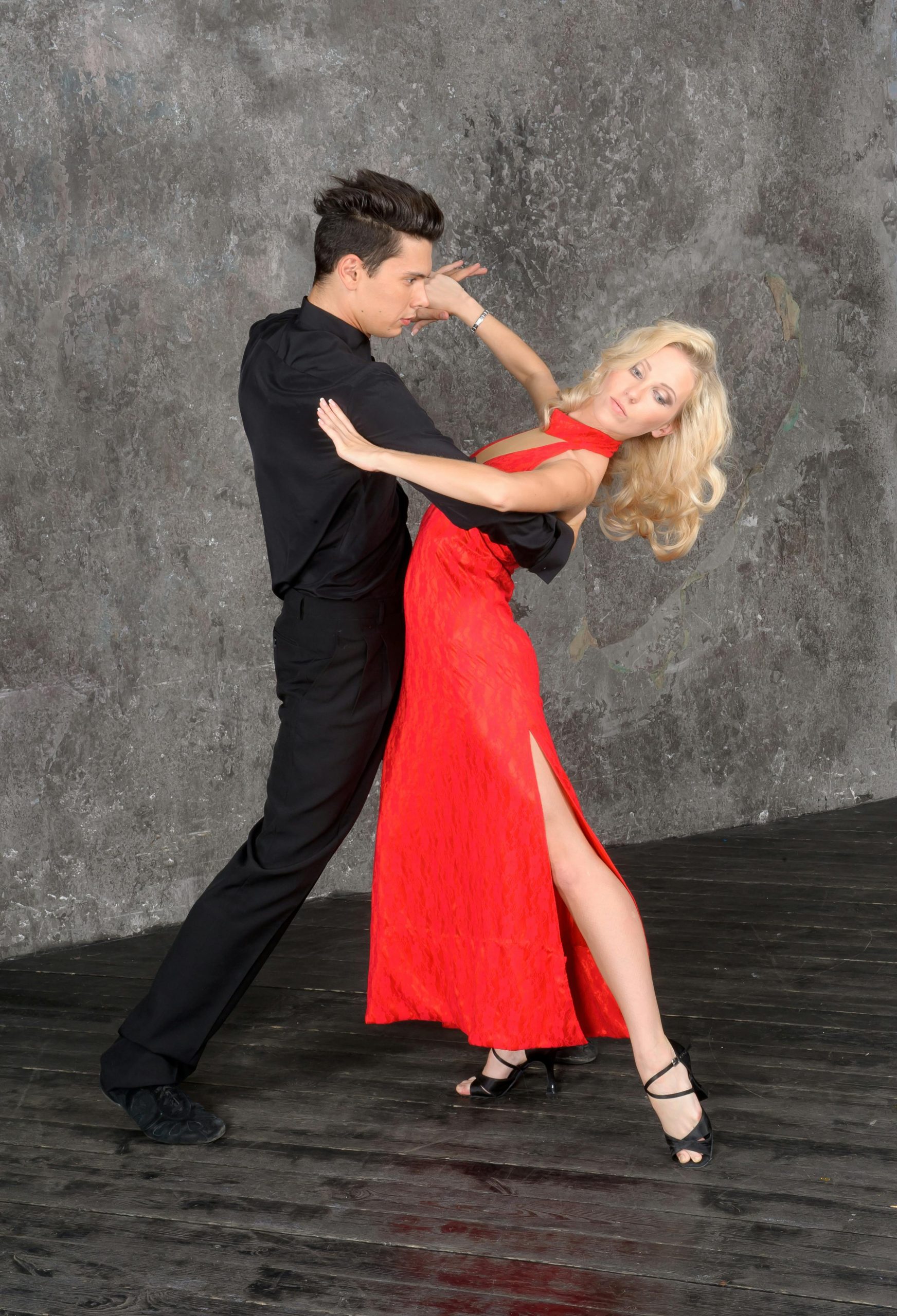Introduction
Adaptive fashion, designed to meet the needs of people with disabilities, has undergone evolution over the years. What began as a niche market has transformed into a mainstream movement, driven by inclusivity and innovation. This article explores the journey of adaptive fashion, highlighting its growth, current trends, and future potential.

Early Beginnings
Initially, adaptive fashion was limited and often overlooked by the mainstream industry. Early designs focused on basic functionality, with little attention to style. These garments were primarily created by caregivers or specialized companies, catering to specific needs but lacking in aesthetic appeal.
Shift Towards Inclusivity
As awareness of disability rights grew, so did the demand for more stylish and functional adaptive clothing. The fashion industry began to recognize the importance of inclusivity. Major brands started exploring this untapped market, leading to the development of more fashionable and diverse adaptive clothing lines
Innovative Designs
Today, adaptive fashion incorporates innovative designs that blend functionality with style. Magnetic closures, adjustable hems, and seamless construction are just a few examples. These features make dressing easier for individuals with mobility issues, while also maintaining a chic look.
High-Profile Collaborations
Moreover, collaborations between fashion designers and disability advocates have brought adaptive fashion into the spotlight. High-profile events, such as New York Fashion Week, now feature adaptive clothing lines. These platforms showcase the creativity and inclusivity of modern fashion, breaking down barriers and challenging stereotypes.
Technology Integration
The integration of technology has further propelled adaptive fashion. Smart fabrics and wearable tech offer new possibilities, such as temperature regulation and health monitoring. These advancements not only enhance comfort but also improve the overall quality of life for individuals with disabilities.
Celebrity Endorsements
Celebrities and influencers have also played a crucial role in promoting adaptive fashion. Public figures like Selma Blair and RJ Mitte have openly discussed their use of adaptive clothing, bringing greater visibility and acceptance to the movement.
Retail Expansion
Adaptive fashion has expanded beyond specialized stores to mainstream retailers. Brands like Tommy Hilfiger, Zappos, and Target have launched adaptive lines, making stylish and functional clothing more accessible. This expansion reflects a growing commitment to diversity and inclusion in the fashion industry.
Future Trends
Looking ahead, the future of adaptive fashion is bright. Sustainable and customizable options are gaining traction. Designers are focusing on creating clothing that not only meets the needs of people with disabilities but also aligns with broader fashion trends.
Conclusion

The evolution of adaptive fashion is a testament to the power of inclusivity and innovation. Adaptive fashion continues to break new ground from humble beginnings to mainstream acceptance. It represents a future where fashion is accessible to everyone, regardless of ability.
Embrace the changes and celebrate the progress adaptively. It’s not just a trend but a necessary evolution that ensures everyone can express themselves through style.

